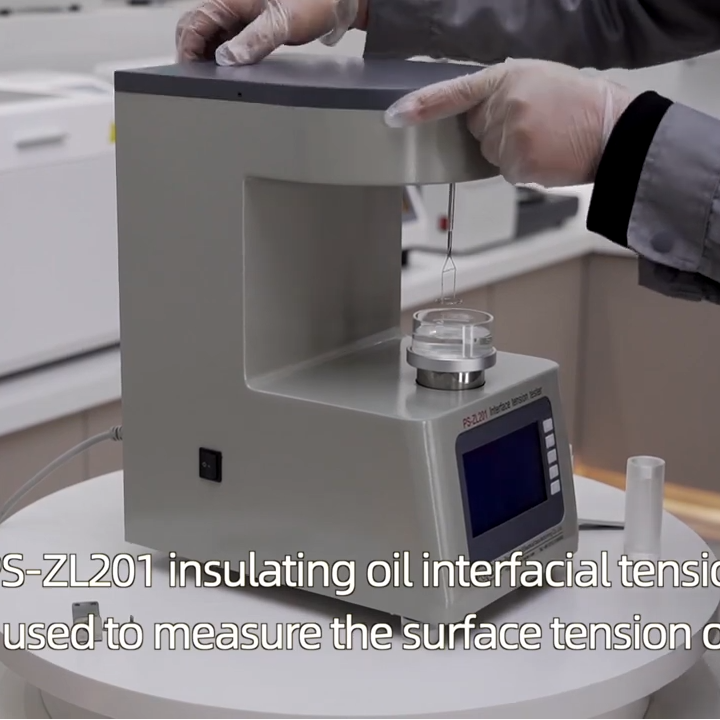 English
English


Understanding the Resistance of Transformer Primary Windings and Its Impact on Performance
Understanding Transformer Primary Winding Resistance
Transformers are critical components in electrical engineering, widely used to transfer electrical energy between circuits through electromagnetic induction. One fundamental aspect of transformers is their winding resistances, particularly the primary winding resistance, which plays a vital role in the efficiency, performance, and reliability of the transformer.
What is Primary Winding Resistance?
The primary winding of a transformer is the coil that receives energy from the power source. The primary winding resistance refers to the inherent resistance of this coil, which is primarily determined by the material it is made from, typically copper or aluminum, and its physical dimensions, including length and cross-sectional area. As with any conductor, this resistance leads to power losses as current flows through the winding.
Importance of Primary Winding Resistance
Understanding and measuring primary winding resistance is crucial for several reasons
1. Efficiency Calculation The resistance of the primary winding affects the transformer's efficiency. Increased resistance results in higher losses, leading to less efficient energy transfer. By knowing the resistance, engineers can design transformers with optimal performance characteristics.
2. Heat Generation Resistance generates heat when current flows through the primary winding, according to Joule's law (P = I²R). Excessive heat can degrade insulation materials, potentially leading to transformer failure. Therefore, monitoring winding resistance helps manage thermal performance and longevity.
3. Voltage Regulation The primary winding resistance impacts the voltage drop in the transformer during operation. A higher resistance results in a more significant voltage drop, affecting the voltage regulation of the system. Engineers must account for this when designing transformers for specific applications.
4. Short-circuit Protection In the event of a short circuit, the primary winding resistance plays a role in determining the fault current's magnitude. Understanding this resistance allows for safer design practices and protective measures, ensuring that transformers can withstand fault conditions.
Measuring Primary Winding Resistance
transformer primary winding resistance

Accurate measurement of primary winding resistance is essential for transformer maintenance and operation. This can be achieved through several methods, including
- DC Resistance Measurement Usually performed using a micro-ohmmeter, this method involves applying a direct current (DC) to the winding and measuring the resultant voltage drop. Using Ohm's law, the resistance can be calculated. This method is straightforward and provides reliable measurements.
- AC Resistance Measurement For more complex transformers or those operating at varying frequencies, AC resistance measurements can be useful. This approach accounts for skin effect and proximity effect, which can increase resistance at higher frequencies.
Factors Affecting Primary Winding Resistance
Several factors can influence the primary winding resistance of a transformer
1. Temperature The resistance of materials varies with temperature. As the temperature increases, resistivity typically increases. This temperature dependency must be considered when measuring resistance and estimating operational losses.
2. Frequency For AC transformers, frequency can affect resistance due to phenomena such as skin effect, where alternating current tends to flow near the surface of a conductor at higher frequencies, effectively reducing the cross-sectional area through which the current passes.
3. Material Properties Different materials have varying inherent resistivities. Copper, for instance, has a lower resistance than aluminum and is preferred for many high-efficiency applications.
4. Age and Wear Over time, environmental factors such as humidity, temperature fluctuations, and mechanical stress can lead to changes in the winding insulation and connection resistances, necessitating regular inspections and maintenance.
Conclusion
Transformer primary winding resistance is a critical parameter that influences efficiency, safety, and reliability. Understanding its implications helps engineers design better transformers and maintain them effectively. Regular measurement and monitoring are essential in ensuring optimal transformer performance, thereby contributing to the stability and sustainability of electrical power systems. As the demand for energy continues to grow, the importance of efficient and reliable transformers, and the role of primary winding resistance in achieving that, cannot be overstated.
-
Differences between open cup flash point tester and closed cup flash point testerNewsOct.31,2024
-
The Reliable Load Tap ChangerNewsOct.23,2024
-
The Essential Guide to Hipot TestersNewsOct.23,2024
-
The Digital Insulation TesterNewsOct.23,2024
-
The Best Earth Loop Impedance Tester for SaleNewsOct.23,2024
-
Tan Delta Tester--The Essential Tool for Electrical Insulation TestingNewsOct.23,2024





